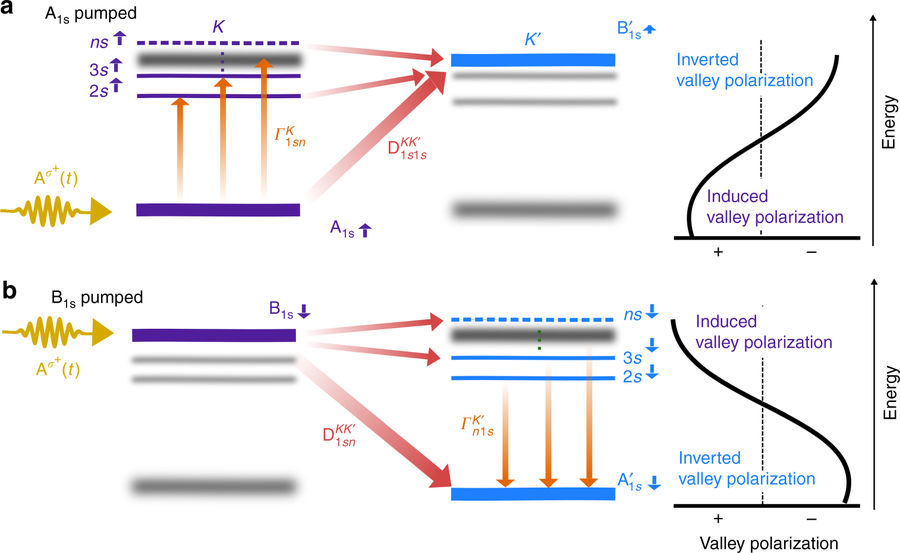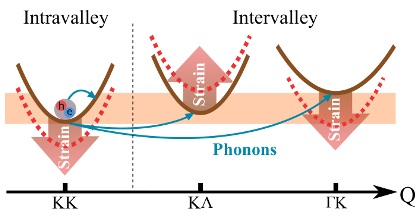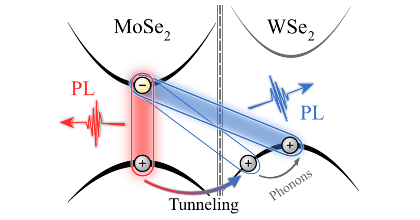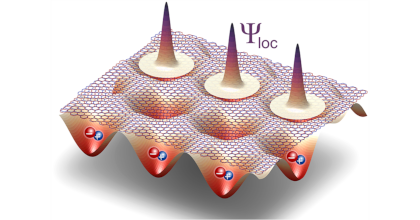Inverted valley polarization in optically excited transition metal dichalcogenides
G. Berghäuser,
I. Bernal-Villamil,
R. Schmidt,
R. Schneider,
I. Niehues,
P. Erhart,
S. Michaelis de Vasconcellos,
R. Bratschitsch,
A. Knorr,
and
E. Malic
Nature Communications 9, 971
(2018)
doi: 10.1038/s41467-018-03354-1
Download PDF

Large spin–orbit coupling in combination with circular dichroism allows access to spin-polarized and valley-polarized states in a controlled way in transition metal dichalcogenides. The promising application in spin-valleytronics devices requires a thorough understanding of intervalley coupling mechanisms, which determine the lifetime of spin and valley polarizations. Here we present a joint theory–experiment study shedding light on the Dexter-like intervalley coupling. We reveal that this mechanism couples A and B excitonic states in different valleys, giving rise to an efficient intervalley transfer of coherent exciton populations. We demonstrate that the valley polarization vanishes and is even inverted for A excitons, when the B exciton is resonantly excited and vice versa. Our theoretical findings are supported by energy-resolved and valley-resolved pump-probe experiments and also provide an explanation for the recently measured up-conversion in photoluminescence. The gained insights might help to develop strategies to overcome the intrinsic limit for spin and valley polarizations.



